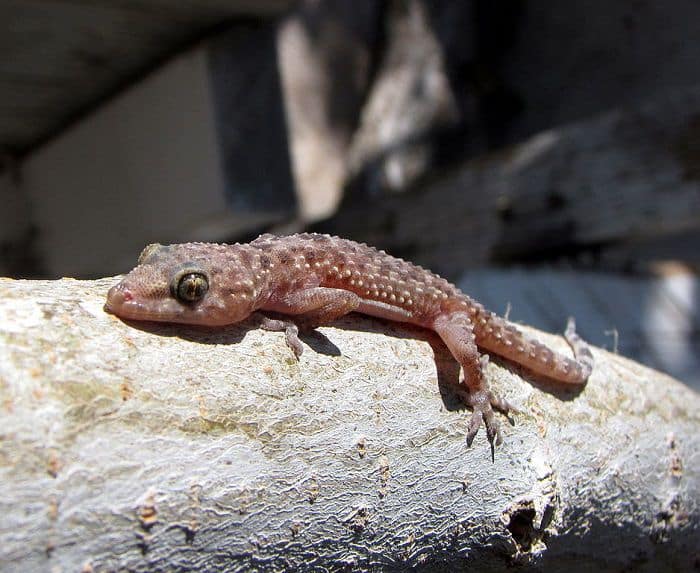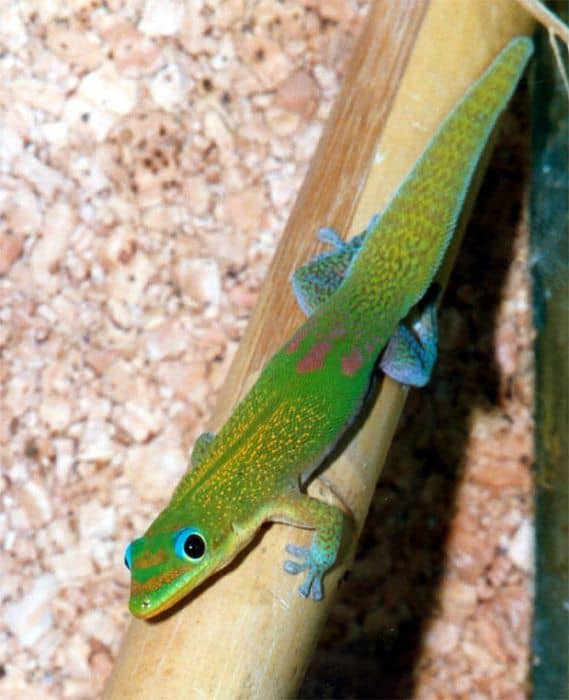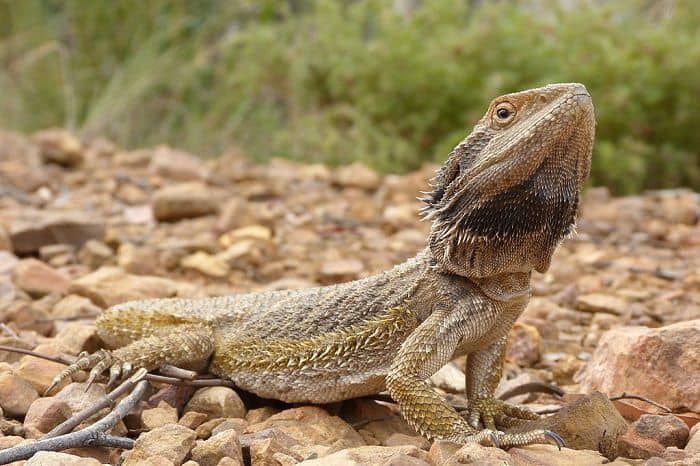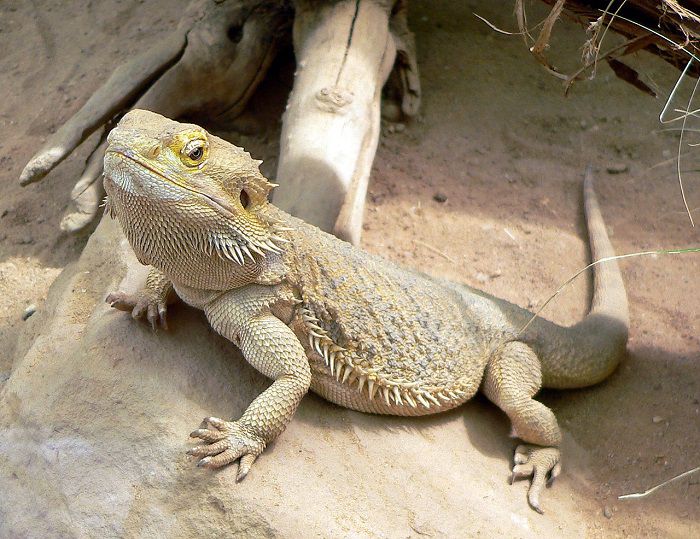Table of Contents
One thing that most people know about lizards is the fact that these creatures often change color. Some species are particularly well known for changing color, such as chameleons and anoles. Other lizards, such as bearded dragons, can change the color of their back, depending on the temperature around them. They will become darker to absorb heat when temperatures are cooler and lighter to reflect heat when it is hotter to try and cool down. Other lizard species can change color
is the fact that these creatures often change color. Some species are particularly well known for changing color, such as chameleons and anoles. Other lizards, such as bearded dragons, can change the color of their back, depending on the temperature around them. They will become darker to absorb heat when temperatures are cooler and lighter to reflect heat when it is hotter to try and cool down. Other lizard species can change color in response to surroundings and mood.
in response to surroundings and mood.
Why is My Lizard Turning White?
Certain lizards, leopard geckos and bearded dragons for example, will turn a whiteish color in the days preceding a shed. Lizards shed their skin as they grow and the old skin that is about to be shed will turn a whiteish/grey color as it loosens.
In the case of geckos, the entire skin is typically shed in one go, although some areas may be more stubborn, such as around their toes. If you are a gecko owner then remember that geckos eat the skin they have shed, so be sure to leave it in the enclosure.
As mentioned above, bearded dragons also turn a whiteish color before shedding, which, when they are young, can happen every few weeks as they are actively growing. Shedding in bearded dragons slows down significantly upon reaching adulthood when they might only shed a couple or so times per year. Just before shedding, the skin turns a pale white or grey color, subsequently falling away in patches instead of a full layer. These patches typically turn white just before being shed.
Dragon Lizard 
Mediterranean House Gecko 
Gold Dust Day Gecko
Why is My Lizard Turning Black?
Bearded dragons can also turn black, for which there are a number of reasons. The main reason for a darker/black color is due to the beardie trying to regulate its temperature. Turning a darker color allows the dragon to raise its body temperature as quickly as possible so as to absorb heat. As body temperature rises, so the color starts returning to normal.
One other reason that lizards might turn black (or a darker color) is stress. When feeling stressed or threatened, these lizards might turn their beards a darker or black color. This acts as a warning sign to anything around them that they are feeling threatened.

In the wild, male bearded dragons often show a black beard when encountering other males. They do this to try and intimidate each other. However, they may also display their black beards when trying to attract a female. If you notice that your bearded dragon ’s beard has turned black and he is bobbing his head as well, you can be sure he is on the prowl for a mate.
’s beard has turned black and he is bobbing his head as well, you can be sure he is on the prowl for a mate.
Should You Be Worried When Your Lizard Changes Color?
It is natural to be concerned about illness when you see a change in color in your lizard. Nevertheless, now you know that color changes in lizards are often completely natural. Signs of an ill lizard typically include lethargy, sunken eyes, loss of appetite, weight loss, and fewer droppings. If you notice any of these signs then it is best to contact a local vet who will examine your lizard and diagnose any illness, if present.
Western Bearded Dragon 
Eastern Bearded Dragon 
Central Bearded Dragon
Photo Credits:
- Featured Image (Common Grass Anole): Príncipe Castro
 – CC BY-SA 2.0
– CC BY-SA 2.0 .
. - Dragon Lizard: Magalhães
 – public domain
– public domain .
. - Mediterranean House Gecko: ZooFari
 – CC BY-SA 3.0
– CC BY-SA 3.0 .
. - Gold Dust Day Gecko: Jurriaan Schulman
 – CC BY-SA 3.0
– CC BY-SA 3.0 .
. - Western Bearded Dragon: Benny Trapp
 – CC BY-SA 4.0
– CC BY-SA 4.0 .
. - Eastern Bearded Dragon: Pogona barbata
 – CC BY-SA 2.0
– CC BY-SA 2.0 .
. - Central Bearded Dragon: Frank C. Müller
 – CC BY-SA 2.5
– CC BY-SA 2.5 .
.

